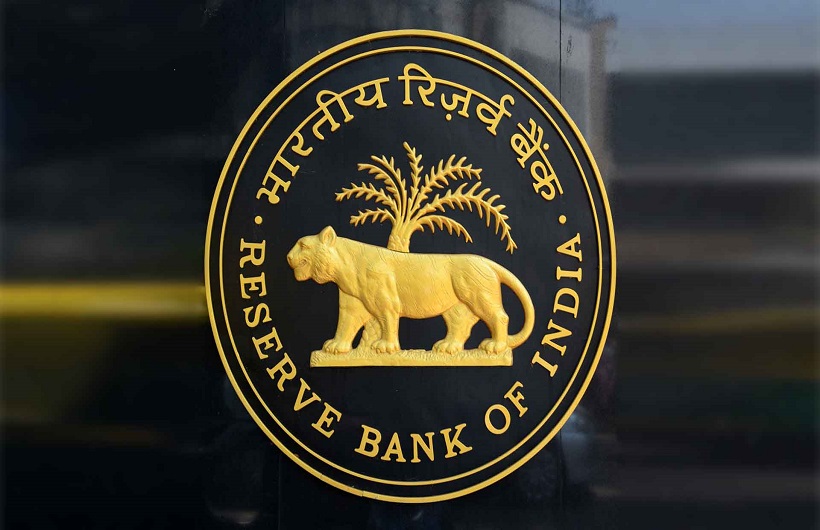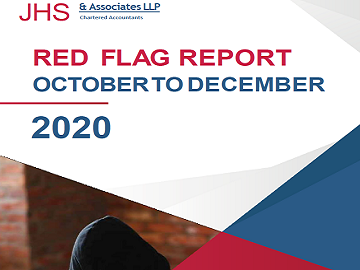Reference: Reserve Bank of India
Update:
Merchanting Trade Transactions (MTT) – Revised Guidelines:
Reserve Bank of India on 24.01.2020 revised the existing directions relating to merchanting trade transactions with a view to further facilitate merchanting trade transactions and are issued in supersession of the A.P. (DIR Series) Circular ibid. Following are few revised guidelines are as under:
- For a trade to be classified as merchanting trade, goods acquired shall not enter the Domestic Tariff Area.
- Considering that in some cases, the goods acquired may require certain specific processing/ value-addition, the state of goods so acquired may be allowed transformation subject to the AD bank being satisfied with the documentary evidence and bonafides of the transaction.
- The MTT shall be undertaken for the goods that are permitted for exports / imports under the prevailing Foreign Trade Policy (FTP) of India as on the date of shipment. All rules, regulations and directions applicable to exports (except Export Declaration Form) and imports (except Bill of Entry) shall be complied with for the export leg and import leg respectively.
- AD bank shall satisfy itself with the bonafides of the transactions. Further, KYC and AML guidelines shall be scrupulously adhered to by the AD bank while handling such transactions.
- Payment for import leg may also be allowed to be made out of the balances in EEFC account of the merchant trader.
Update:
Monetary penalty on Jaiprakash Narayan Nagari Sahakari Bank Ltd., Hingoli
RBI has imposed monetary penalty of Rs. 1.00 lakh on The Jaiprakash Narayan Nagari Sahakari Bank Ltd., Basmatnagar, Dist Hingoli (the bank) for non-compliance with directions issued by RBI on director related loans.
Implication:
The bank will complt with directions issued by RBI on director related loans to avoid further penality
Reference: Securities & Exchange Board of India
Update:
Review of Margin Framework for Commodity Derivatives Segment
In consultation with stakeholders, to categorize commodities as per their realized volatility and to prescribe floor values of IM and IMPOR depending upon their categories.
Accordingly, norms regarding Minimum IM and minimum MPOR for commodity derivatives segment stands revised as per the framework mentioned below.
- Clearing Corporations (CCs)shall categorize their commodities into three categories of volatility based upon the realized volatility for last three years as given below: –
| Volatility Category of Commodity | Realized Annualized Volatility criteria |
| Low | 0 to 15% |
| Medium | Above 15% to 20% |
| High | Above 20% |
- Realized volatility shall be calculated from series of daily log normal return of main near month future contracts of the respective commodity. The series of daily log normal return shall be rolled over to next month contract on start of staggered delivery period if it is applicable. If staggered delivery is not applicable, then rollover shall be done on the day after the expiry of near month contract.
- Exchange having maximum average daily turnover across all derivative contracts on the respective commodity based on last six months’ period shall be termed as Lead Exchange. The CC of the Lead Exchange shall do the categorization of the respective commodities and same shall be intimated to, and adopted by all other CCs










